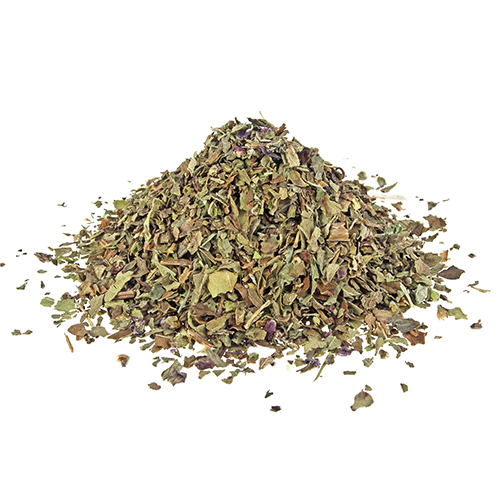
Botanical Name: Ocimum basilicum
Spice Form: Whole, Ground
Origin
Originated in Africa and domesticated in India, Basil is a powerful herb with a fragrant aroma and adaptable taste. Its pleasant taste will allow you to add it to many recipes as a pleasant accent. Basil is a common aromatic herb in the mint family, the same plant family as other nutrient-dense, beneficial herbs; including mint, oregano and rosemary. Basil is one of the great culinary herbs so if a kitchen has only a few herbs in its possession, basil will likely be one of them
Culinary Use
Basil is most commonly used fresh in recipes. In general it is added at the last moment, as cooking quickly destroys the flavor. Basil is one of the most widely-used culinary herbs in the world, with so many culinary uses from basil pesto to homemade spaghetti sauce and savory desserts to fresh fruit salads, basil runs the gamut in the kitchen. This herb is a key ingredient for tomato sauces and pesto recipes. It only takes a few leaves to transform a simple dish – even a sandwich.
Cultivating and Harvesting
Basil grows tall, with opposite, light green, silky leaves. Basil is sensitive to cold and grows best in hot, dry conditions. However, due to its popularity, basil is cultivated in many countries around the world. Although basil grows best outdoors, it can be grown indoors in a pot and, like most herbs, will do best on a sun-facing windowsill. It should be kept away from extremely cold drafts, and grows best in strong sunlight. Basil seeds take between eight and 14 days to germinate and emerge from the soil. After germination, look for the first set of true leaves two to three weeks later.
